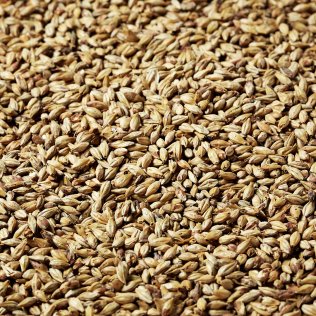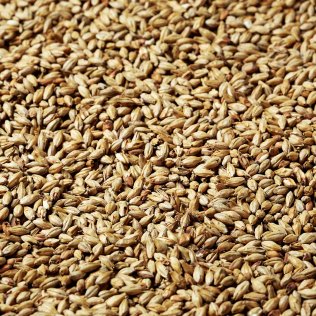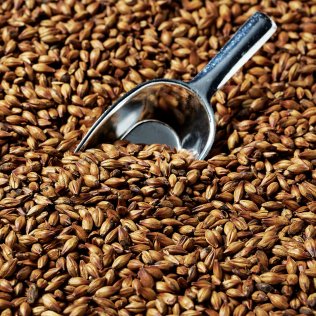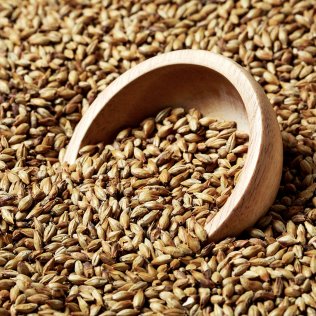Recipe: Belgian Dubbel
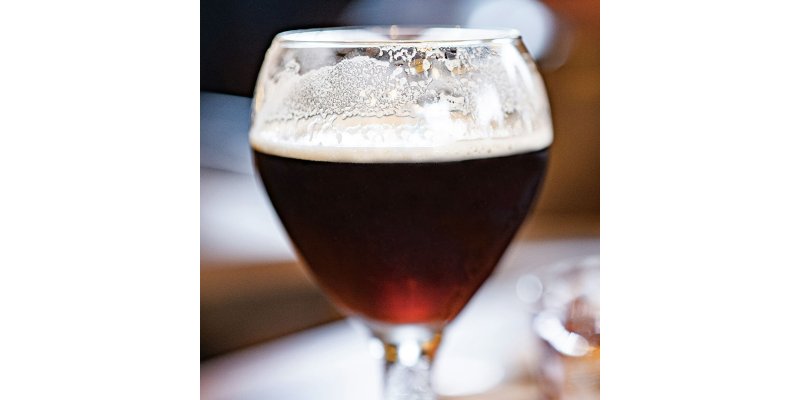
The Belgian Dubbel is a rich, malty beer that has captivated beer aficionados with its profound flavours and illustrious history. Originating from Belgium, this beer is often linked with Trappist breweries, where monks have been producing these exceptional brews for centuries. Known for its dark amber to brown hue, a Belgian Dubbel typically boasts a complex profile with hints of dark fruit, caramel, and subtle spices.
The origins of the Belgian Dubbel can be traced back to Trappist monks in the Middle Ages. Since 1856 – the year the first version of this beer was brewed – this style has been perfected over generations, retaining its monastic charm and commitment to quality. The term "Dubbel" literally means "double" in Dutch, derived from the fact that these beers generally contain double the malt content compared to the original beers brewed in the monasteries. This higher malt content yields a stronger, richer beer.
In the early 20th century, Belgian brewers faced competition from lighter lagers gaining popularity in Europe. To distinguish their unique brews, Trappist breweries highlighted the traditional and robust characteristics of their Dubbels, which helped preserve their cultural and historical significance. The Belgian Dubbel stands as a testament to the nation’s rich brewing heritage. Each sip recounts a story of centuries-old traditions, monastic devotion, and an enduring passion for brewing.
OG: 1,062–1,075
FG: 1,008–1,018
ABV: 6,0–7,6%
IBU: 15–25
SRM: 10–17 SRM
Grain bill
Pilsner Malt:
This is the base malt, typically making up 60-70% of the grain bill. This pale malt provides the majority of the fermentable sugars.
Munich and/or Amber Malt:
These malts comprise about 15-25% of the grain bill, adding a rich maltiness and enhancing the overall complexity of the beer.
Cara Malts:
A mix of lighter and darker varieties is recommended, contributing a total of 5-15%. Lighter Cara malts bring sweetness and caramel flavours, while darker varieties add aromas of raisins and plums.
Dark Candi Sugar:
Making up 5-10%, candi sugar increases the ABV without adding body, and imparts distinctive flavours such as caramel, toffee, and dark fruit.
Malt
| Malt
| Ratio
| Colour
|
|---|---|---|---|
Swaen© Pilsner
| 4,00 kg / 8,80 lbs
| 65%
| 4 EBC / 2 Lov.
|
Swaen© Amber
| 1,2 kg / 2,6 lbs
| 20%
| 50 EBC / 19 Lov.
|
Gold Swaen© Classic
| 0,4 kg / 0,9 lbs
| 7%
| 120 EBC / 45 Lov.
|
Gold Swaen© Aroma
| 0,2 kg / 0,45 lbs
| 3%
| 400 EBC / 150 Lov.
|
Dark Candi Sugar*
| 0,4 kg / 0,9 lbs
| 5%
| 10 EBC / 3,7 Lov.
|
*Add the sugar 5 minutes before end of the boil.
Mash schedule:
60′ at 65 °C (149 F)
30′ at 72 °C (162 F)
5′ at 78 °C (172 F)
Hops
The goal is to achieve a balanced bitterness that complements the malt sweetness. Saaz hops, with their mild bitterness and herbal aroma, are ideal for this purpose. Let’s keep the flavor and aroma additions modest to allow the yeast and malt profile to be highlighted in the beer.
Variety
| Volume
| Duration
| Alpha acid
| IBU
|
|---|---|---|---|---|
Saaz
| 30 g / 1,1 oz.
| 60 min
| 4%
| 12
|
Saaz
| 20 g / 0,7 oz.
| 15 min
| 4%
| 4
|
Yeast
The choice of yeast is crucial for a Belgian Dubbel, as it significantly contributes to the beer’s complex flavour profile, including fruity flavours and spicy notes. Belgian Trappist or Abbey style yeast strains are recommended. Start fermentation at the lower end of the yeast’s temperature range, around 18-20°C (64-68°F). This helps control the production of esters and phenols, preventing the beer from becoming too fruity or spicy. After the first few days, gradually raise the temperature to 22-24°C (72-75°F). This encourages complete attenuation and helps the yeast clean up any undesirable by-products.
Optimal temperature
| Attenuation
| Flocculation
| Alcohol tolerance
|
|---|---|---|---|
18-25 ⁰C
| High
| High
| High
|
Results
A beer with complex malt profile, fruity esters, and slight sweetness.
Batch size: 19 l / 5 gal
Efficiency: 70%
OG: 1,067
FG: 1,013
ABV: 7,1%
Bitterness: 16 IBU
Colour: 16 SRM
Carbonation: 2,5
pH: 5,2
The choice of yeast is crucial for a Belgian Dubbel, as it significantly contributes to the beer’s complex flavour profile, including fruity flavours and spicy notes. Belgian Trappist or Abbey style yeast strains are recommended. Start fermentation at the lower end of the yeast’s temperature range, around 18-20°C (64-68°F). This helps control the production of esters and phenols, preventing the beer from becoming too fruity or spicy. After the first few days, gradually raise the temperature to 22-24°C (72-75°F). This encourages complete attenuation and helps the yeast clean up any undesirable by-products.
Appearance
Amber colour, creamy foam.
Taste
Malty beer with light caramel, toast, toffee, and fruit flavours.
Food pairing
Aged cheese, roast pork, beef stew, duck breast, chocolate cake.

